The sequel to surprise hit M3GAN, M3GAN 2.0 dives headfirst into deranged action-comedy mayhem — and is a wildly enjoyable, if uneven ride.
M3gan 2.0 Is Everything You Want — And More
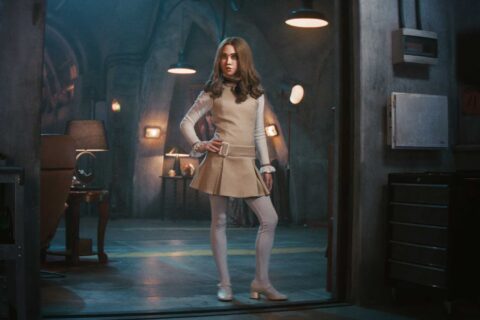
Exploring the Outer Edge of Film
Sweet and earnest dives into the bowels of cinema.

The sequel to surprise hit M3GAN, M3GAN 2.0 dives headfirst into deranged action-comedy mayhem — and is a wildly enjoyable, if uneven ride.

Despite its beautiful scenery and excellent performances, coastal drama The Salt Path can’t walk its way into a compelling storyline.
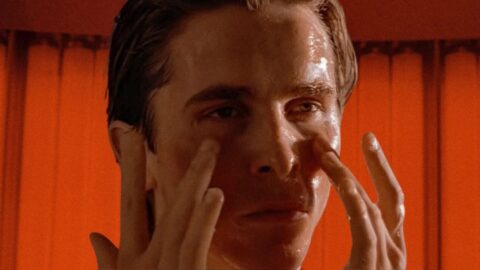
Once seen as a grotesque satire of greed and masculine performance, American Psycho now reveals how easily critique can slip into aspiration.
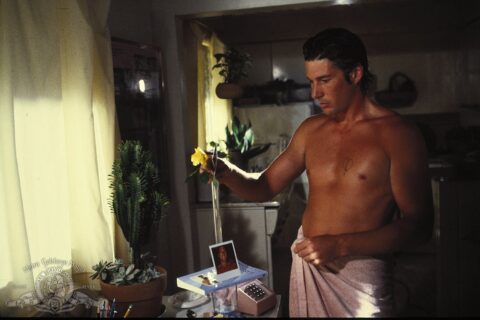
With 1983’s Breathless, we see the key bridge between Godard’s playfulness and Taratino’s particularly American postmodernism. Available on Tubi!
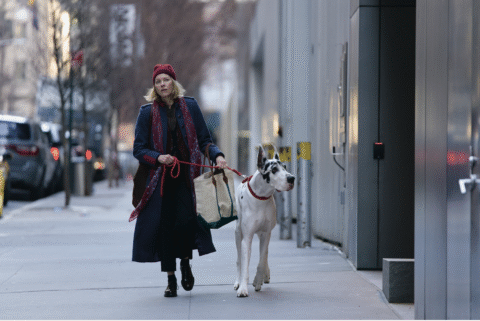
A great canine acting talent is wasted in The Friend, a tale of Naomi Watts adopting a Great Dane that is heavy on the schmaltz, but lacking in punch.

The Wedding Banquet is a broad remake of Ang Lee’s 1993 work that drains the rich cultural specificity of the subject matter into boring slop.

A witty, low-key riff on the intersection between love and espionage, Black Bag is one of the best spy films to come out in recent years.
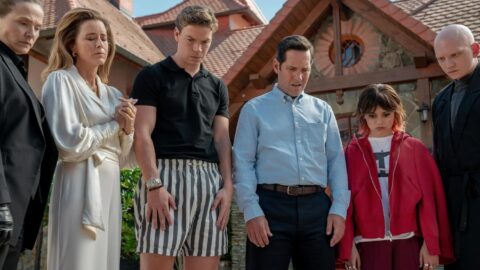
A24’s broadest comedy yet, Death of a Unicorn feels woefully miscast, providing another eat-the-rich satire that has nothing interesting to say.

Cannes is supposed to be a festival that supports auteur cinema. So why does the festival often give its most long-standing guests the cold shoulder?
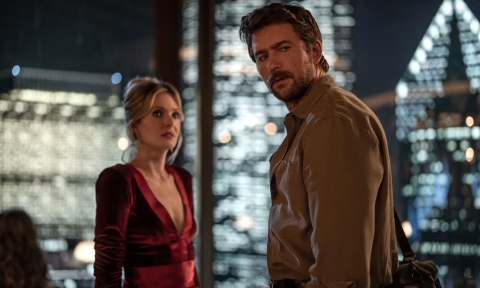
Try as it may, Drop is hampered by its central conceit, with its surprise smartphone messages more of a pain than a genuine source of tension.